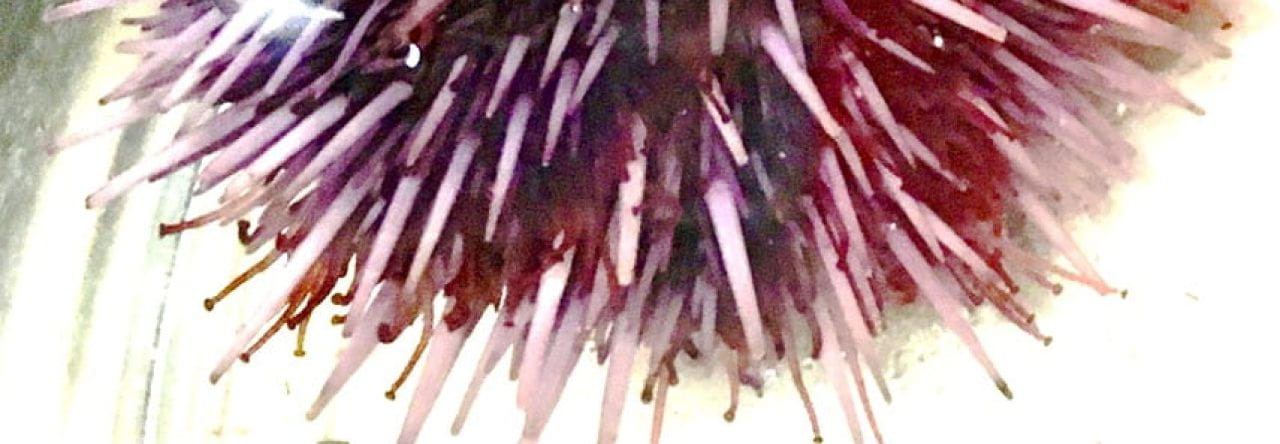Chromophore-assisted lased inactivation (CALI) is a technique of optogenetics that can provide selective protein inactivation through the excitation of chromophores found in proximity of the protein of interest. Irradiating the photosensitive chromophores with an intense light beam leads to the production of reactive photoproducts such as reactive oxygen species (ROS). These highly reactive radicals only oxidize nearby molecules due to their short lifetime, which disrupts normal protein function.
In order to achieve selective inactivation, the chromophores target the protein of interest either through the microinjection of the dye conjugated to an antibody specific to the target protein, through membrane-permeable chemical dyes recognizing tags attached to the target protein in advance or through genetically encoded photosensitizers that are fused to the target protein. Using genetically encoded photosensitizers such as KillerRed or miniSOG reduce the need for exogenous chromophore delivery.
Optogenetic tools provide the ability to investigate the function of target proteins in situ in a spatiotemporally regulated manner. MiniSOG (mini singlet oxygen generator) is a recently engineered flavoprotein that generates a singlet oxygen upon illumination by light beam with a wavelength less than 500nm.
The chromophores can be activated by laser irradiation or using light of specific wavelength. While the laser irradiation requires much higher intensity and can cause phototoxicity, blue light is more accessible and less phototoxic.
Using both blue light exposure as well as precisely aimed laser beams on proteins bound to miniSOG, we aim to disrupt target protein localization and activation to study their effects on sea urchin embryonic development.
Publications:
- Uchida A, Yajima M. An optogenetic approach to control protein localization during embryogenesis of the sea urchin. Dev Biol. 2018;441(1):19-30. doi:10.1016/j.ydbio.2018.06.015
